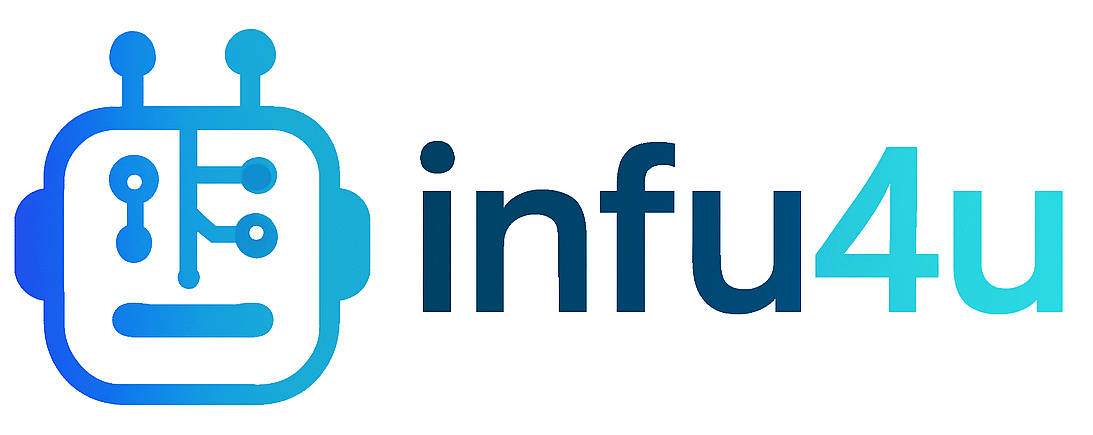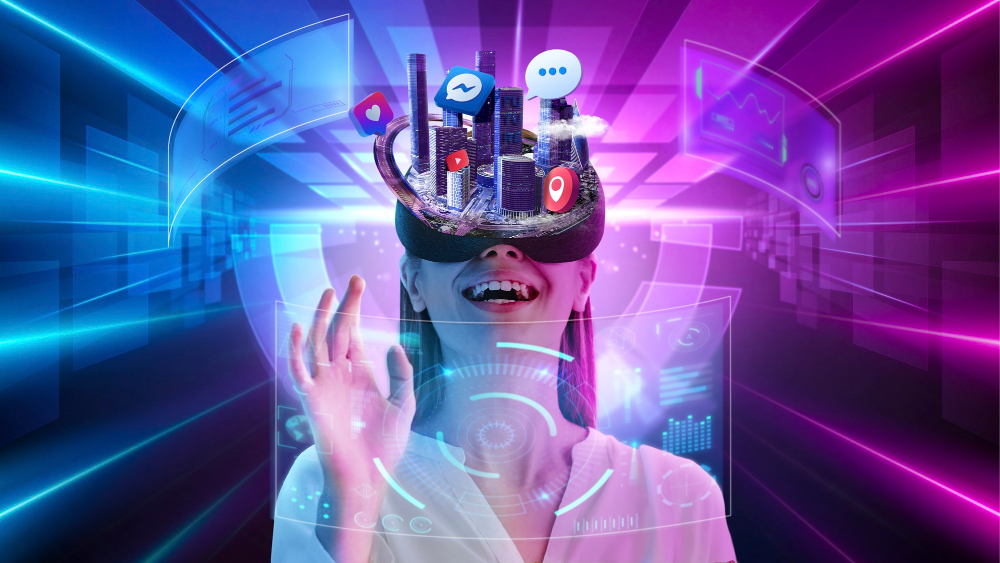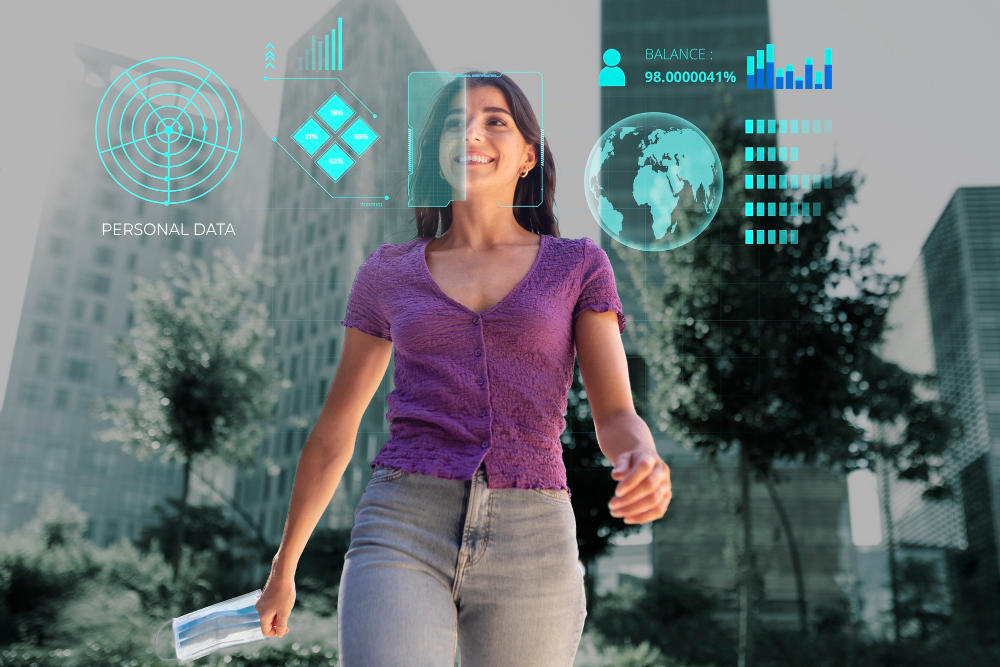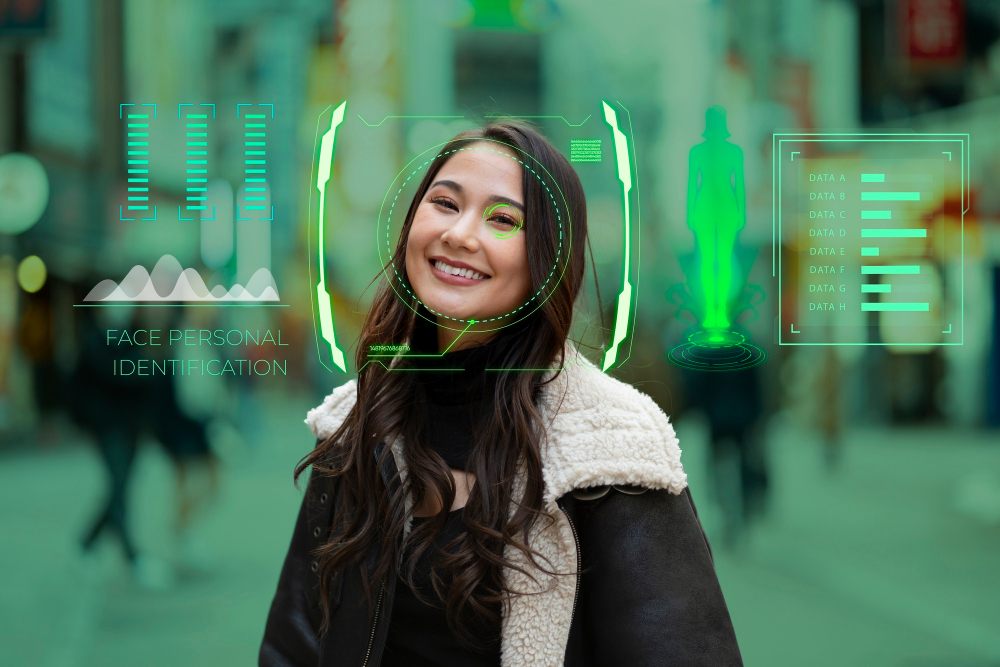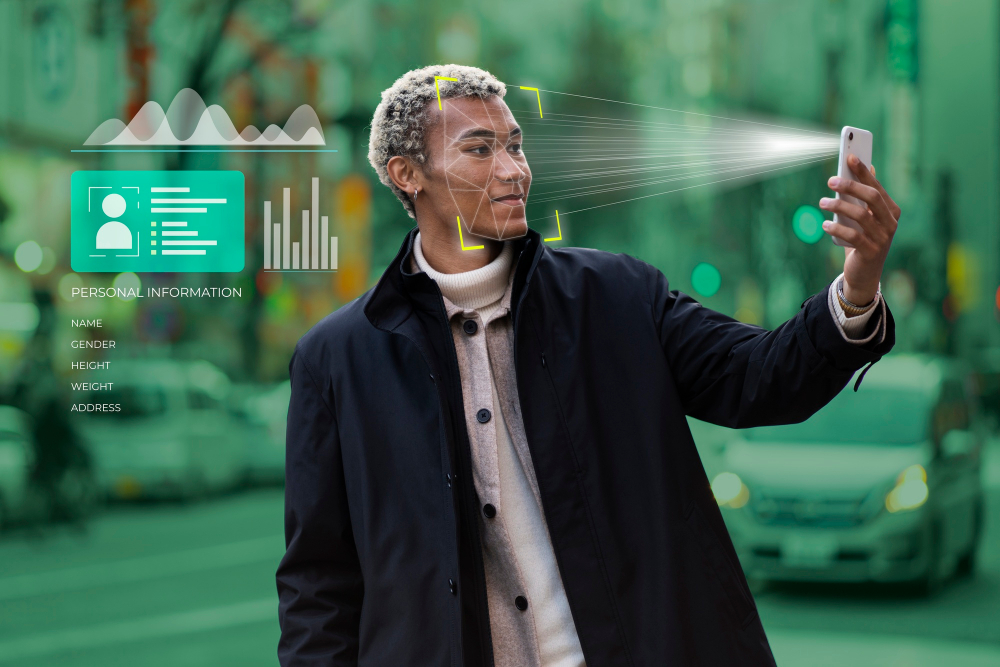The Future of Artificial Intelligence: Trends to Watch in 2026
Introduction: The Next Frontier of AI Innovation
The Future of Artificial Intelligence: Trends to Watch in 2026 promises to redefine how we work, create, and live. By 2026, AI will evolve beyond automation and data analytics into a fully collaborative, intuitive, and human-centered technology. As innovation accelerates, fields like generative AI, robotics, healthcare, and quantum computing are shaping a world where machines not only assist but think alongside us.
From students using AI tutors to businesses relying on real-time insights, the next year marks a shift toward human-AI synergy. Let’s explore what the future holds.
How Far AI Has Come: A Quick Retrospective
Between 2020 and 2025, AI moved from novelty to necessity. Large language models like GPT and multimodal systems revolutionized industries, while AI adoption in sectors such as finance, logistics, and media skyrocketed.
By 2025, AI became not just a productivity tool but a strategic partner. Companies embedded AI into workflows, governments began regulating it, and consumers started demanding ethical transparency.
As 2026 begins, these foundational changes are paving the way for smarter, safer, and more accessible AI ecosystems.
Trend #1: Generative AI Reaches Maturity
Expansion into Multimodal AI
By 2026, generative AI isn’t limited to text—it integrates seamlessly across voice, video, 3D, and sensory data. Tools like OpenAI’s multimodal systems, Google Gemini, and Stability AI’s creative suites allow users to design complex multimedia content in seconds.
AI-Generated Creativity in Business and Media
Brands increasingly use generative AI for marketing campaigns, music composition, and digital storytelling. Businesses that embrace these technologies will see faster creative cycles and reduced costs while maintaining originality.
Trend #2: AI in Healthcare and Biotech
Predictive Diagnostics
AI models trained on massive health datasets can now predict diseases before symptoms appear, allowing for early intervention and reduced healthcare costs.
Personalized Medicine & Drug Discovery
2026 will see AI guiding personalized treatment plans and accelerating drug development timelines from years to months. Companies like DeepMind and Insilico Medicine already lead the charge with AI-generated molecular structures.
Trend #3: The Rise of Autonomous Systems
Self-Driving Vehicles 2.0
Autonomous cars are becoming more common, supported by better sensor fusion, edge AI processing, and safer regulatory frameworks. Expect urban areas to host pilot zones for AI taxis and delivery fleets.
AI-Powered Robotics in Manufacturing & Logistics
Next-generation robots learn and adapt in real-time, optimizing production lines and warehouse management. Amazon, Tesla, and Foxconn are pioneering AI robotics ecosystems that merge autonomy with precision.
Trend #4: Ethical AI and Global Regulation
AI Governance Frameworks
Governments are implementing standardized AI laws emphasizing data protection, fairness, and accountability. The EU AI Act and similar policies worldwide set the tone for transparent innovation.
Transparency, Fairness, and Accountability
2026 marks a turning point where companies must explain how AI models make decisions. The “black box” era is fading, replaced by explainable AI and ethical certifications.
Trend #5: AI and Cybersecurity
AI as a Defense Mechanism
AI-driven cybersecurity systems now detect anomalies and stop cyberattacks in real time, learning continuously from global data feeds.
Emerging AI-Driven Cyber Threats
However, attackers also use AI to automate phishing, deepfakes, and malware. This ongoing AI vs. AI battle pushes cybersecurity innovation to new heights.
Trend #6: Edge AI and Energy Efficiency
Why Edge Computing Matters
Edge AI brings intelligence closer to devices—phones, IoT sensors, and autonomous drones—reducing latency and dependence on cloud computing.
Sustainable AI Models
With climate concerns rising, 2026 emphasizes low-energy training models and hardware designed for carbon efficiency. Expect “green AI” to become a competitive metric.
Trend #7: AI in Education and Workforce Development
Personalized Learning Systems
AI tutors and adaptive learning platforms make education more inclusive and data-driven. Students receive individualized lesson plans based on performance and behavior analytics.
AI Skill Training and Reskilling
As automation evolves, businesses are investing in AI literacy programs to prepare employees for hybrid roles—where human creativity meets machine precision.
Trend #8: Human-AI Collaboration Becomes the Norm
Co-Creation Between Humans and Machines
Creative professionals now treat AI as a co-creator, not just a tool. Artists, writers, and engineers collaborate with generative AI to produce richer, faster, and more adaptive outputs.
The Future of Creative Professions
AI will not replace creativity—it will enhance it. The best creators will be those who know how to guide AI effectively, blending intuition with computation.
Trend #9: Quantum AI and Computational Breakthroughs
Quantum Machine Learning
Quantum computers accelerate model training and data optimization. By 2026, hybrid quantum-AI platforms begin emerging in research and high-level analytics.
Real-World Applications Expected by 2026
Expect early use in financial forecasting, logistics optimization, and drug discovery—areas that need immense processing power.
Trend #10: AI-Powered Business Intelligence
Real-Time Decision-Making
Businesses leverage AI dashboards that analyze live data to guide instant strategic decisions, improving agility in volatile markets.
Predictive Analytics at Scale
From supply chain optimization to customer behavior forecasting, predictive AI transforms raw data into actionable insights—no data scientist required.
Challenges Facing AI in 2026
Despite the progress, AI still faces hurdles:
- Bias and fairness in datasets
- Energy consumption during model training
- Uneven access between developed and developing regions
- Public skepticism and misinformation
Solving these issues requires collaboration across academia, industry, and policymakers.
The Future Outlook: What Comes After 2026?
Beyond 2026, AI will blend seamlessly with augmented reality, blockchain, and the Internet of Things. The result? Hyper-personalized environments where digital and physical realities merge.
AI will also play a crucial role in addressing climate change, food security, and education equality, helping humanity tackle global challenges more intelligently.
FAQs About the Future of Artificial Intelligence
Q1: What industries will AI disrupt the most by 2026?
A1: Healthcare, finance, manufacturing, and education will experience the deepest transformation due to automation and predictive analytics.
Q2: Will AI take over most human jobs by 2026?
A2: Not entirely. It will reshape rather than replace jobs, emphasizing collaboration and new hybrid roles.
Q3: What is quantum AI, and why is it important?
A3: Quantum AI combines quantum computing with AI to solve problems faster than classical systems—key for fields like logistics and medicine.
Q4: How can small businesses leverage AI in 2026?
A4: Through free or affordable tools for automation, marketing, and analytics—making enterprise-level intelligence accessible to all.
Q5: What are the biggest ethical concerns surrounding AI?
A5: Data privacy, algorithmic bias, and misuse of deepfake technology remain critical issues.
Q6: Will AI become conscious or sentient by 2026?
A6: No scientific consensus supports that. AI will remain a powerful analytical and creative tool, not a sentient being.
Conclusion
The Future of Artificial Intelligence: Trends to Watch in 2026 paints a vivid picture of a smarter, fairer, and more integrated world. From personalized education to sustainable computing, AI continues to drive the next wave of digital evolution. The key for individuals and organizations is to adapt early, learn continuously, and innovate responsibly.
The next chapter of AI isn’t about replacing humans—it’s about enhancing humanity.
